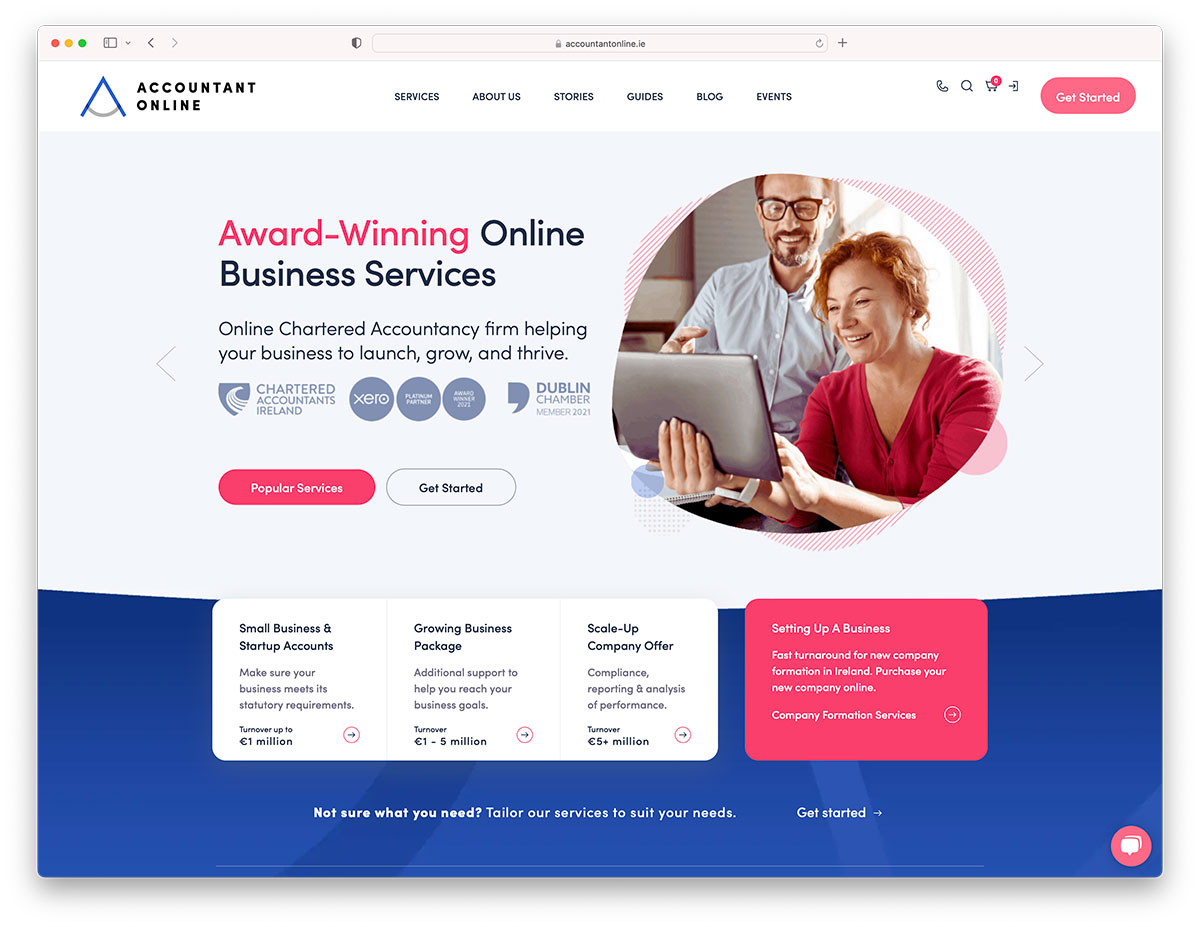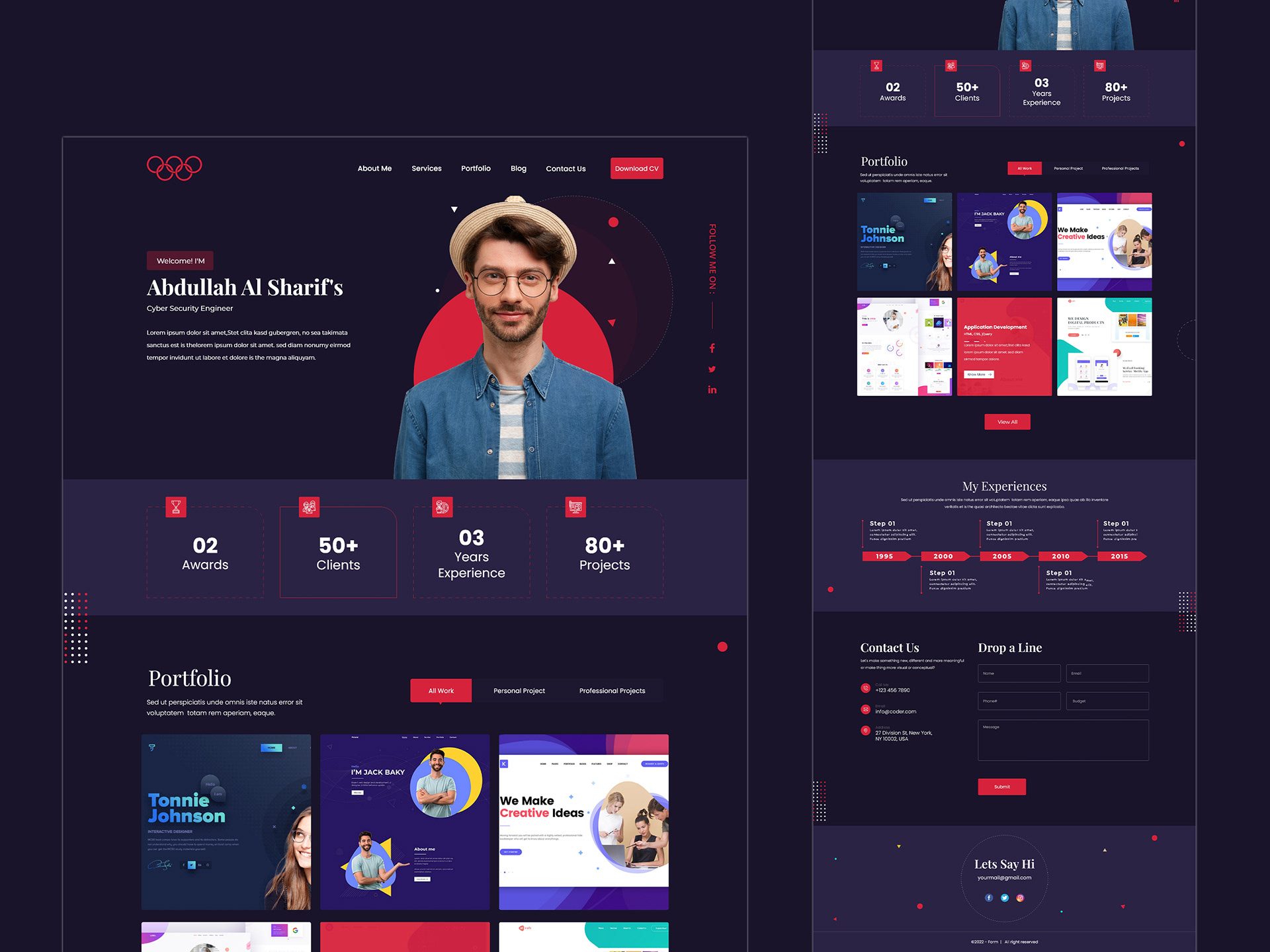Key Elements of Effective Website Design: A Complete Overview
Key Elements of Effective Website Design: A Complete Overview
Blog Article
Modern Internet Site Layout That Catches Interest and Converts
In an increasingly digital landscape, contemporary internet site design has arised as a critical variable in recording customer attention and driving conversions. As we check out these important elements, it ends up being clear that recognizing their interplay can considerably affect an internet site's performance and user contentment.
Relevance of Visual Power Structure
Aesthetic pecking order is a crucial aspect in site design, as it guides customers' interest and enhances their general experience. By tactically arranging material, developers can direct customers to the most essential information initially, thus raising interaction and boosting functionality.
Incorporating a sensible circulation in content plan is important; as an example, putting one of the most crucial info at the top of a web page cultivates prompt acknowledgment. Additionally, constant use typography, such as differing font dimensions and styles, helps develop a clear material framework. This company not just aids in navigating yet additionally builds trust fund, as individuals really feel extra comfy when they can easily discover what they are trying to find.
Inevitably, a well-executed visual hierarchy not only improves visual charm however also dramatically impacts user actions. By prioritizing essential aspects and ensuring a seamless experience, designers can effectively transform visitors into customers, reinforcing the value of this fundamental style concept in modern-day internet site development.
Responsive Style for All Instruments
Creating a seamless experience throughout various devices is essential in today's electronic landscape, where individuals gain access to internet sites from smart devices, tablet computers, and desktops alike. Receptive style is a crucial technique that makes sure websites adjust fluidly to different display resolutions, dimensions, and positionings. By using flexible grids, images, and CSS media queries, designers can produce designs that keep visual stability and performance, no matter the device being made use of.
The value of responsive style extends past appearances; it straight impacts individual involvement and conversion rates. An internet site that functions well on all gadgets encourages longer visits and reduces bounce rates, as customers are a lot more most likely to connect with content that is easy to navigate. Furthermore, online search engine, particularly Google, focus on mobile-friendly websites in their positions, making receptive layout an important component of search engine optimization (SEARCH ENGINE OPTIMIZATION)
Integrating responsive layout not just improves customer experience yet likewise enhances the advancement procedure. By producing a solitary site that works across tools, businesses can save time and resources contrasted to establishing separate mobile and desktop computer versions. Eventually, responsive layout is an essential approach for modern internet site design, making certain availability and satisfaction for all users, despite their gadget.
Involving Interactive Elements
While a responsive design prepares for a useful internet site, incorporating appealing interactive aspects is critical for catching individual focus and fostering much deeper links. Website Design. Interactive aspects, such as computer animations, tests, and clickable infographics, develop an extra dynamic user experience, encouraging visitors to invest more time on the website
Incorporating interactive attributes can also assist individuals via complicated details, making it simpler to digest web content. Interactive sliders can highlight product variations, Look At This while embedded video clips can give demos or testimonials that resonate more than static images or text. Gamification methods, like rewards for engaging or finishing jobs with material, can boost user inspiration and retention.
Effective usage of interactive components not only improves the customer experience however can additionally lead to higher conversion rates. It is crucial to stabilize interactivity with efficiency; excessively intricate functions might hinder site speed, adversely affecting user contentment.
Streamlined Navigating Practices
Effective navigating is a keystone of any kind of effective site, as it straight affects customer experience and web content availability. Streamlined navigation practices ensure that individuals can conveniently situate information, improving their interaction with the website. A well-structured navigating food selection need to be intuitive and simple, normally including a restricted number of main classifications to prevent overwhelming visitors.
To achieve streamlined navigating, designers should prioritize an ordered framework that realistically arranges content. Executing breadcrumb tracks can offer users with context about their present location within the website, permitting seamless backtracking. Furthermore, using drop-down food selections can successfully preserve space while still supplying accessibility to subcategories.
Receptive style is important, as navigating must be functional across all gadgets (Website Design). Mobile users, in specific, advantage from touch-friendly food selections and collapsible areas that preserve functionality without jeopardizing aesthetic appeals

Reliable Call-to-Action Methods
A his explanation well-crafted call-to-action (CTA) is important for directing users towards wanted outcomes on a site, as it motivates them to engage with material or make an acquisition. To maximize their efficiency, CTAs must be clear, compelling, and strategically put throughout the site.
First, use action-oriented language that interacts urgency or value, such as "Start," "Sign up with Now," or "Insurance claim Your Discount." This language not just inspires customers yet additionally sets clear expectations about the next actions.
Second, consider design elements; CTAs need to stand out aesthetically via contrasting shades, ample whitespace, and prominent positioning. A button that is very easy to see and click increases the chance of customer communication.
Additionally, customizing CTAs based upon user habits or demographics can substantially enhance engagement. Customized messages resonate more with users, driving greater conversion rates.

Conclusion
In final thought, modern site layout emphasizes the combination of aesthetic pecking order, receptive designs, involving interactive components, structured navigation, and reliable call-to-action approaches. These elements jointly enhance individual experience, making certain that visitors stay involved and inspired to discover material additionally. By focusing on these layout concepts, businesses can significantly improve user retention and conversion prices, eventually causing higher success in the digital landscape. The continuous development of website design emphasizes its critical function in effective on-line communication and marketing.
In an increasingly digital landscape, modern-day site design has arised as a pivotal factor in capturing user focus and driving conversions.Visual pecking order is a critical aspect in web site design, as it overviews customers' interest and boosts their general experience.The relevance of receptive layout extends beyond appearances; it directly impacts user interaction and conversion rates.Incorporating receptive style not just improves user experience yet additionally improves the advancement process. Ultimately, receptive layout is a basic method for contemporary site design, ensuring access and complete satisfaction for all customers, no matter of their tool.
Report this page